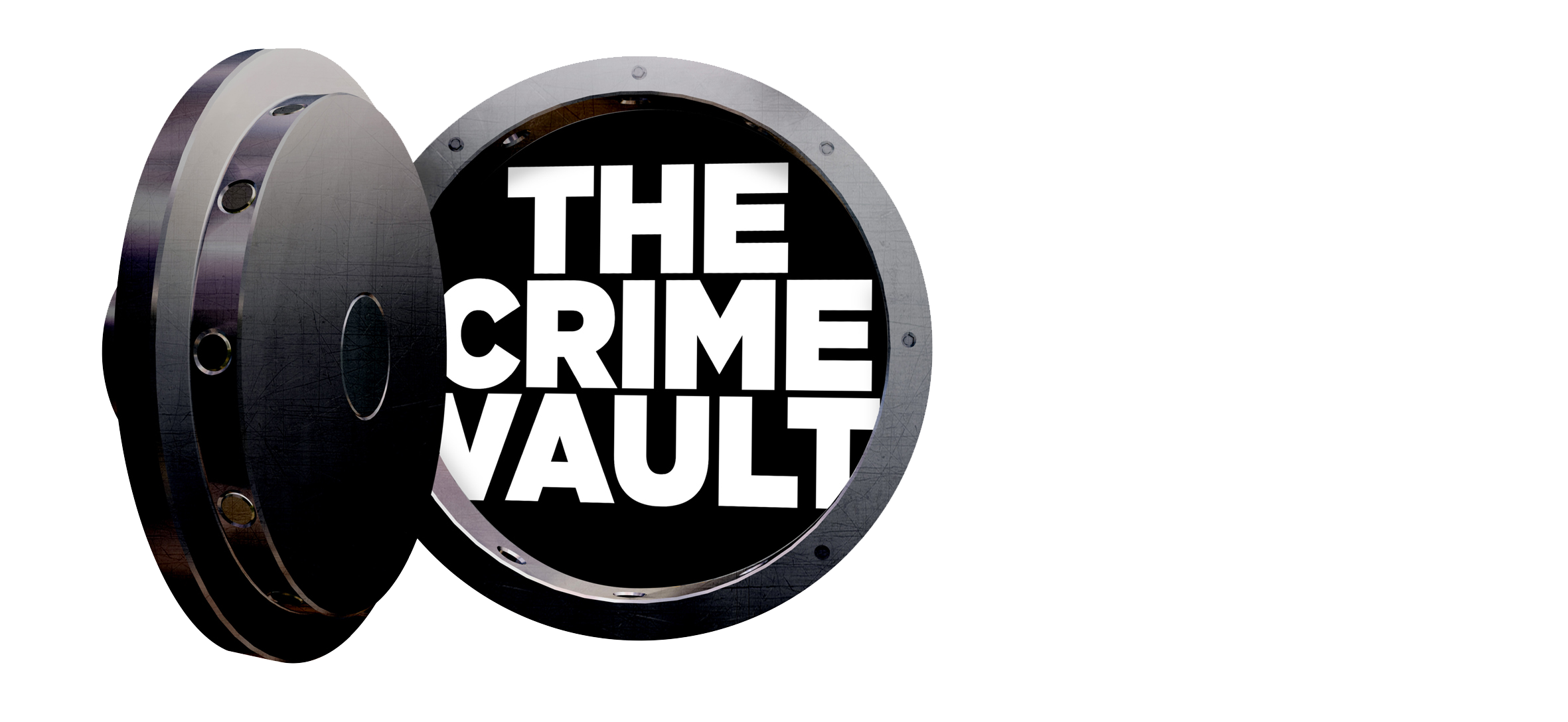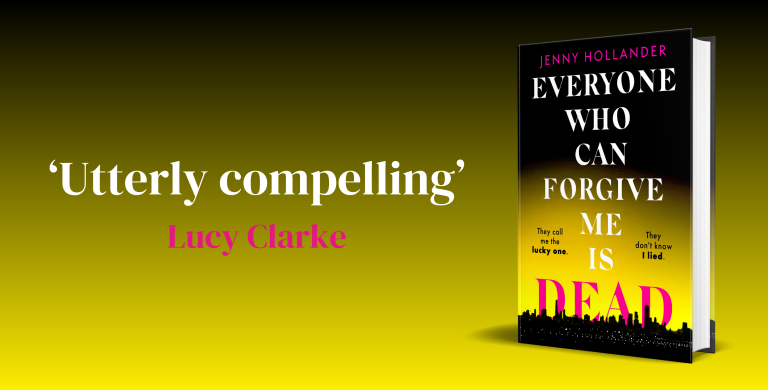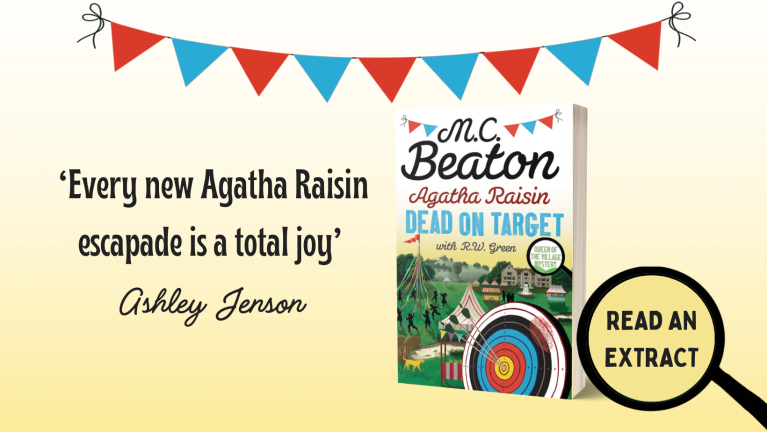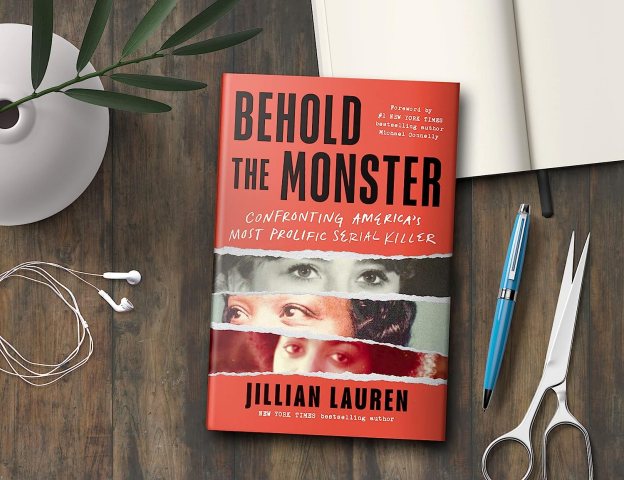The story behind The Burial Circle by Kate Ellis
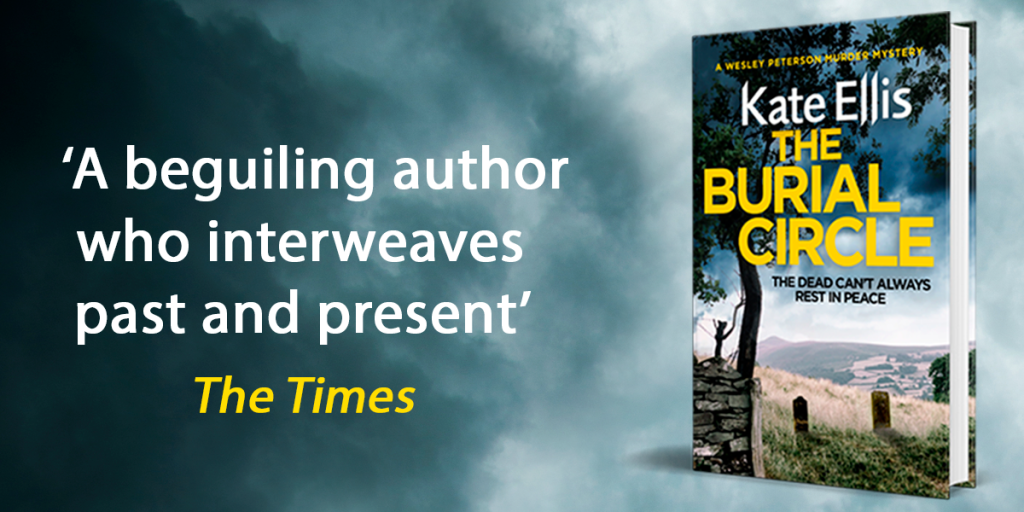
When I wrote my first Wesley Peterson novel, The Merchant’s House, I never dreamed that I’d be publishing my 24th book in the series. I love writing about Wesley and his investigations and over the years he’s been kept very busy tackling a variety of mystifying crimes in South Devon. And, with the area’s rich and varied history, he often has a crime of the distant past to solve as well.
I live in the north of England so I’m familiar with textile mills and their archaeology. I’m also fortunate enough to live near Quarry Bank Mill in Styal, Cheshire: a large cotton mill lovingly restored by the National Trust which was originally powered by a large water wheel (before steam engines helped out). My many visits to the property have been invaluable while I’ve been researching The Burial Circle, giving me a great insight into the noise and atmosphere of a working mill. I’ve watched the water wheel go round and thought ‘what if a body was to get caught up in that?’ The ideas for many crime novels, I’ve found, are triggered by the question ‘what if?’
You might wonder what all this has to do with the beautiful county in the south west of England where my Wesley Peterson novels are set, but Devon also has an impressive industrial history. Because of the abundance of sheep on Dartmoor, the cloth trade thrived until the nineteenth century and the fine houses built by many wealthy cloth merchants can still be seen in the county’s historic towns. Woollen mills were established in the eighteenth century but, due to the wars with France and the development of new technology, the industry fell into decline throughout the nineteenth and twentieth centuries. Some mills, however, survive today as heritage attractions – rather like Petherham Mill in The Burial Circle, although without my fictional mill’s murderous history.
My inclusion of a supernatural element in the story reflects the Victorian interest in spiritualism and contacting the ‘other side’. This fascination with death became quite an obsession and ostentatious mourning was made fashionable by Queen Victoria herself, who spent many years grieving for her late husband, Prince Albert. People in the nineteenth century saw death as a constant companion and if you walk around any old churchyard (I love visiting historic churches) you will see elaborate memorials to the dear departed. One thing, however, we would probably find macabre is the fashion for photographing the dead, sometimes alone and sometimes posed with living relatives. This was something I couldn’t resist including in The Burial Circle (with an added twist of course).
Queen Victoria’s reign saw the rise of the Burial Club. As a crime writer, the very name ‘Burial Club’ whetted my curiosity so I began to conduct research into how they operated. Such clubs were founded at a time of high death rates, especially among children, and were set up for poor families who feared they wouldn’t be able to give their loved ones a decent funeral. For weekly payments the club would cover funeral expenses, regardless of how long the person had been a member. These schemes were generally a great success, relieving people of the fear of seeing their loved ones buried in a pauper’s grave. However, human nature being what it is, the system was sometimes abused. Knowing a sick child was unlikely to survive for long, some people enrolled them in several clubs at once, all of which would pay out with no questions asked. One man was said to have put his child in nineteen clubs, thus making a large profit when the unfortunate infant died. This gave rise to the suspicion that people were enrolled in clubs before being murdered. Perhaps my imaginary ‘secret’ burial circle in Petherham might not be so far-fetched after all.
I do hope you enjoy The Burial Circle, a story that gives a whole new meaning to the phrase ‘dark satanic mills’.
